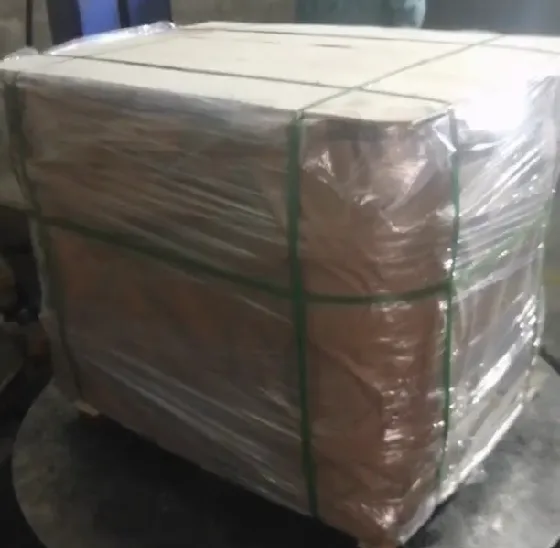
-
 Afrikaans
Afrikaans -
 Albanian
Albanian -
 Amharic
Amharic -
 Arabic
Arabic -
 Armenian
Armenian -
 Azerbaijani
Azerbaijani -
 Basque
Basque -
 Belarusian
Belarusian -
 Bengali
Bengali -
 Bosnian
Bosnian -
 Bulgarian
Bulgarian -
 Catalan
Catalan -
 Cebuano
Cebuano -
 Corsican
Corsican -
 Croatian
Croatian -
 Czech
Czech -
 Danish
Danish -
 Dutch
Dutch -
 Ingelsk
Ingelsk -
 Esperanto
Esperanto -
 Estonian
Estonian -
 Finnish
Finnish -
 French
French -
 Frisian
Frisian -
 Galician
Galician -
 Georgian
Georgian -
 German
German -
 Greek
Greek -
 Gujarati
Gujarati -
 Haitian Creole
Haitian Creole -
 hausa
hausa -
 hawaiian
hawaiian -
 Hebrew
Hebrew -
 Hindi
Hindi -
 Miao
Miao -
 Hungarian
Hungarian -
 Icelandic
Icelandic -
 igbo
igbo -
 Indonesian
Indonesian -
 irish
irish -
 Italian
Italian -
 Japanese
Japanese -
 Javanese
Javanese -
 Kannada
Kannada -
 kazakh
kazakh -
 Khmer
Khmer -
 Rwandese
Rwandese -
 Korean
Korean -
 Kurdish
Kurdish -
 Kyrgyz
Kyrgyz -
 Lao
Lao -
 Latin
Latin -
 Latvian
Latvian -
 Lithuanian
Lithuanian -
 Luxembourgish
Luxembourgish -
 Macedonian
Macedonian -
 Malgashi
Malgashi -
 Malay
Malay -
 Malayalam
Malayalam -
 Maltese
Maltese -
 Maori
Maori -
 Marathi
Marathi -
 Mongolian
Mongolian -
 Myanmar
Myanmar -
 Nepali
Nepali -
 Norwegian
Norwegian -
 Norwegian
Norwegian -
 Occitan
Occitan -
 Pashto
Pashto -
 Persian
Persian -
 Polish
Polish -
 Portuguese
Portuguese -
 Punjabi
Punjabi -
 Romanian
Romanian -
 Russian
Russian -
 Samoan
Samoan -
 Scottish Gaelic
Scottish Gaelic -
 Serbian
Serbian -
 Sesotho
Sesotho -
 Shona
Shona -
 Sindhi
Sindhi -
 Sinhala
Sinhala -
 Slovak
Slovak -
 Slovenian
Slovenian -
 Somali
Somali -
 Spanish
Spanish -
 Sundanese
Sundanese -
 Swahili
Swahili -
 Swedish
Swedish -
 Tagalog
Tagalog -
 Tajik
Tajik -
 Tamil
Tamil -
 Tatar
Tatar -
 Telugu
Telugu -
 Thai
Thai -
 Turkish
Turkish -
 Turkmen
Turkmen -
 Ukrainian
Ukrainian -
 Urdu
Urdu -
 Uighur
Uighur -
 Uzbek
Uzbek -
 Vietnamese
Vietnamese -
 Welsh
Welsh -
 Bantu
Bantu -
 Yiddish
Yiddish -
 Yoruba
Yoruba -
 Zulu
Zulu
Understanding Drum Brakes Grabbing at Low Speed
Understanding Drum Brakes Grabbing at Low Speeds
Drum brakes play a crucial role in vehicle safety and performance, particularly in stopping effectively when the vehicle is in motion. However, one common issue that can arise is the phenomenon of grabbing at low speeds. This article aims to explore what causes drum brakes to grab, how to identify the signs, and what steps can be taken to remedy the situation.
What Is Brake Grabbing?
Brake grabbing occurs when the brakes engage suddenly and forcefully rather than applying gradually and smoothly. This can lead to a jerky motion when slowing down, which is particularly noticeable at low speeds. Such a situation can create discomfort for the driver and may lead to a loss of control in some instances, especially in tight driving scenarios.
Causes of Drum Brake Grabbing
Several factors can contribute to grabbing brakes. Here are the most common culprits
1. Moisture or Contaminants Water, oil, or grease can accumulate on the brake shoes and drum surfaces. When moisture is present, it can reduce friction initially but can create uneven wear or sudden engagement of the brakes as the moisture disperses during use.
2. Worn Brake Shoes and Drums As the brake shoes and drums wear over time, they may develop uneven surfaces or deposits that can lead to grabbing. If the brake shoes are not appropriately adjusted or have become warped, their ability to grip evenly can be compromised.
3. Incorrect Adjustment Drum brakes rely on a series of springs and adjusters to maintain optimal clearance between the shoes and the drum. If these components become misaligned or malfunction, it could lead to excessive shoe travel, causing a grabbing effect when the brakes are engaged.
drum brakes grabbing at low speed

4. Poor Installation If new brake components are installed incorrectly, it can lead to a range of problems, including grabbing. Ensuring that all components are correctly aligned and properly torqued is essential for optimal brake function.
5. Brake Fluid Contamination Although drum brakes use braking force through mechanical means, contaminated brake fluid can affect the overall braking system's performance, leading to inconsistent engagement.
Identifying the Symptoms
Drivers may notice several signs indicating grabbing brakes. These include
- Sudden Jerking The vehicle may lurch forward when the brakes are applied. - Increased Stopping Distance It may take longer to slow down or stop due to brake grabbing. - Unusual Noise Drivers might hear grinding, squeaking, or clattering sounds when engaging the brakes. - Vibration There may be a noticeable vibration in the brake pedal when applied.
Resolving Brake Grabbing Issues
To rectify the issue of grabbing drum brakes, a thorough inspection is vital. Drivers should take their vehicle to a certified mechanic to assess the condition of the brake components. The mechanic may recommend cleaning the brake parts, replacing worn components, or adjusting the drum and shoe clearance. Regular maintenance and timely replacements of brake components can prevent grabbing and ensure a smooth and safe driving experience.
In conclusion, while drum brake grabbing at low speeds can be a concerning issue for drivers, understanding its causes and symptoms can help in addressing the problem effectively. Regular inspections and maintenance are the best ways to ensure your braking system remains in optimal condition, providing safety and reliability on the road.
-
Rear Drum Brakes Maintenance TipsNijsAug.04,2025
-
Key Components Affecting Brake Drum FunctionNijsAug.04,2025
-
Important Inspection for Truck Drum BrakeNijsAug.04,2025
-
How to Prepare for Changing Rear Drum BrakesNijsAug.04,2025
-
Essential Tools for Cleaning Drum Brakes ProperlyNijsAug.04,2025
-
Brake Drum Function GuideNijsAug.04,2025
-
Safety Features of Red Brake DrumsNijsAug.01,2025
